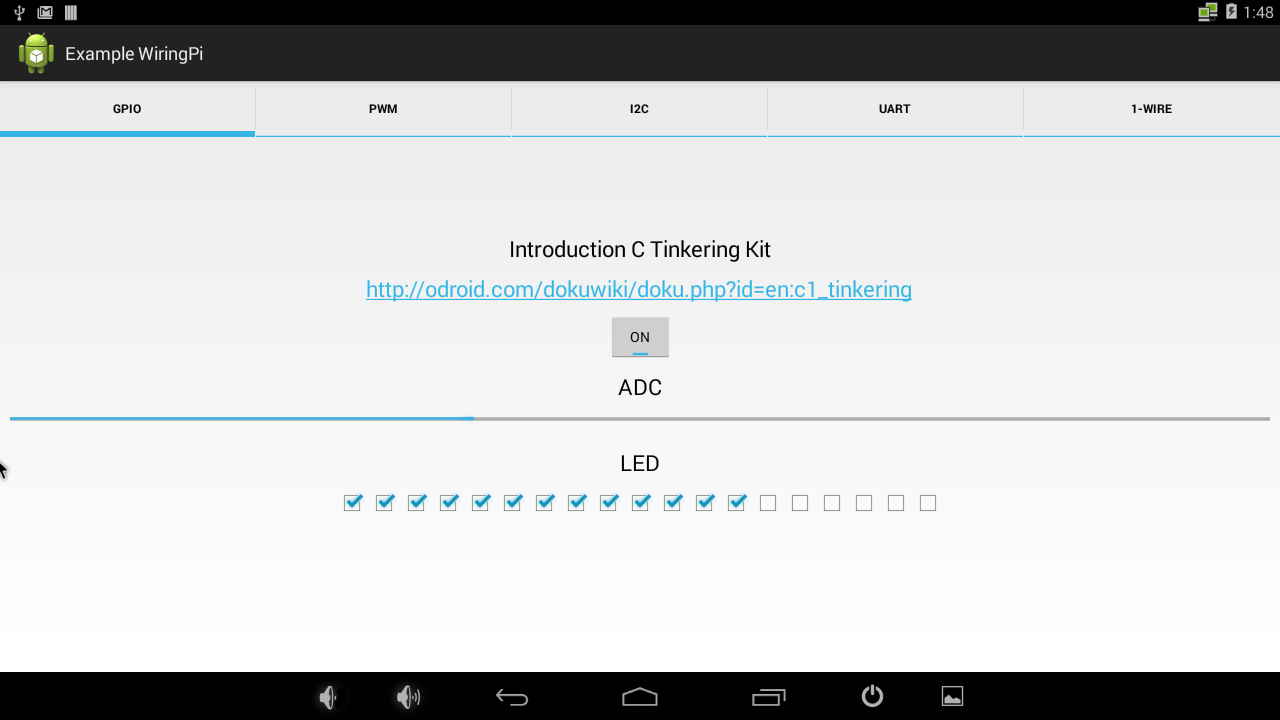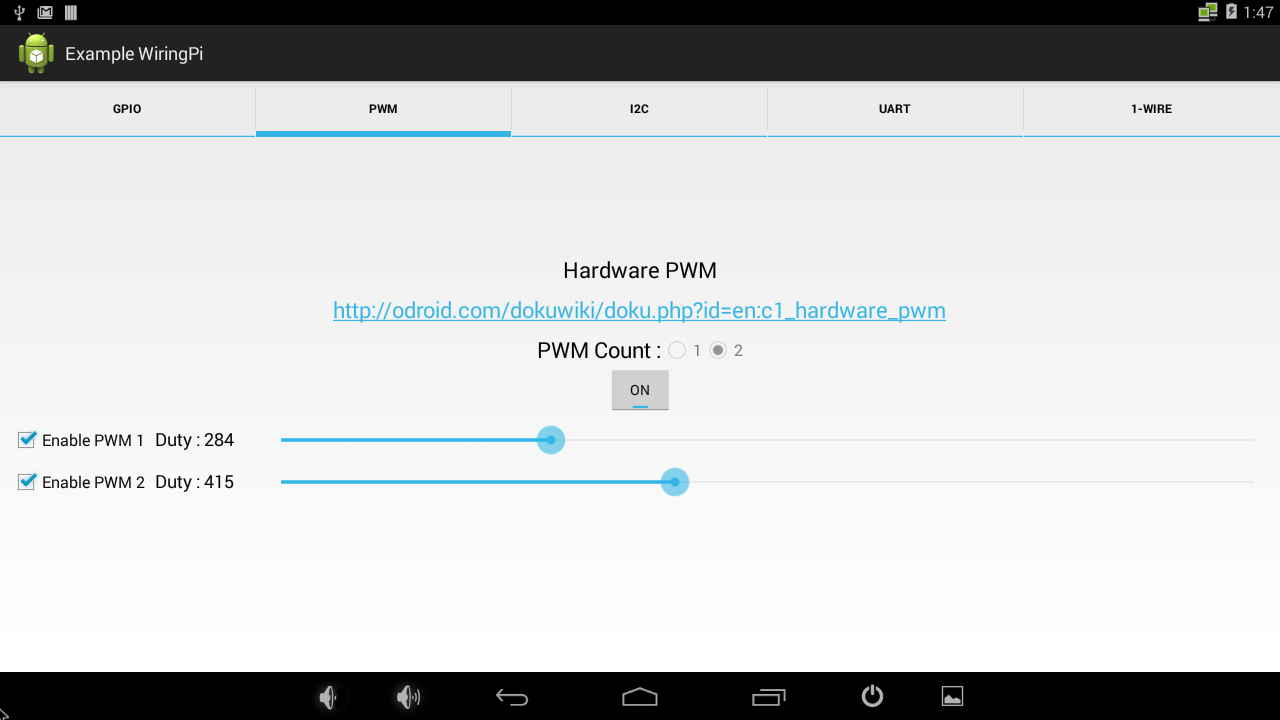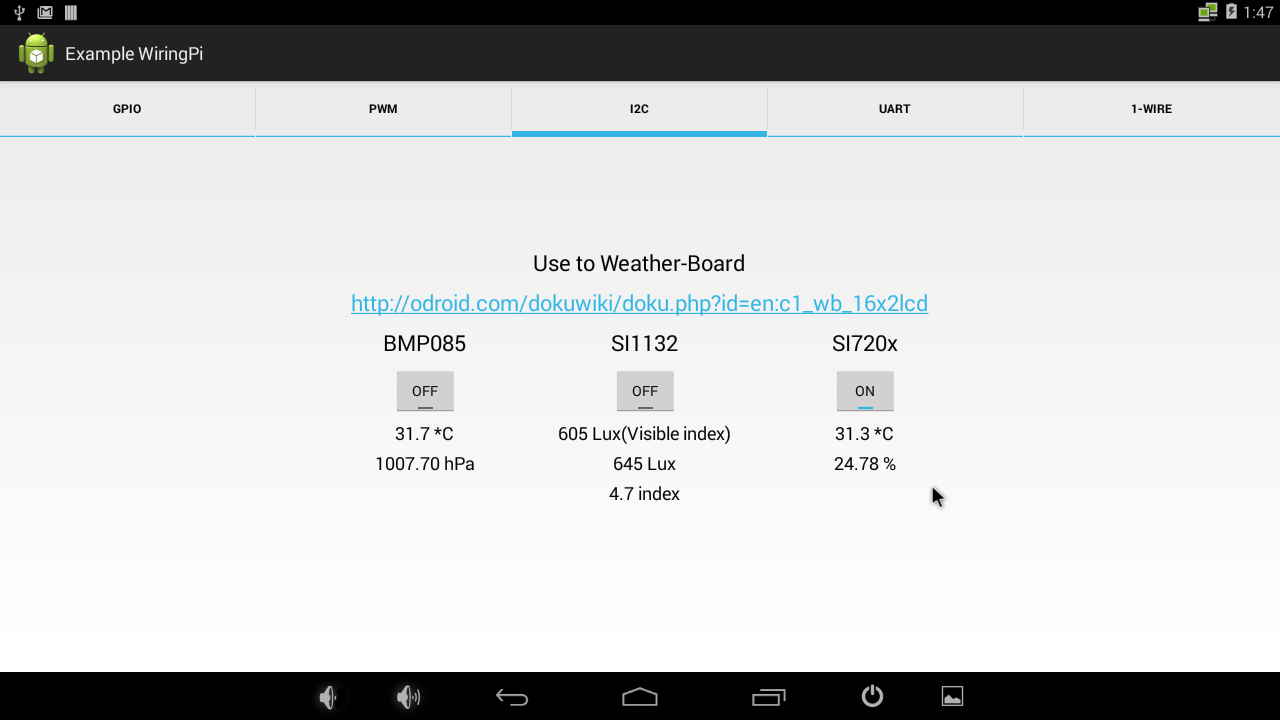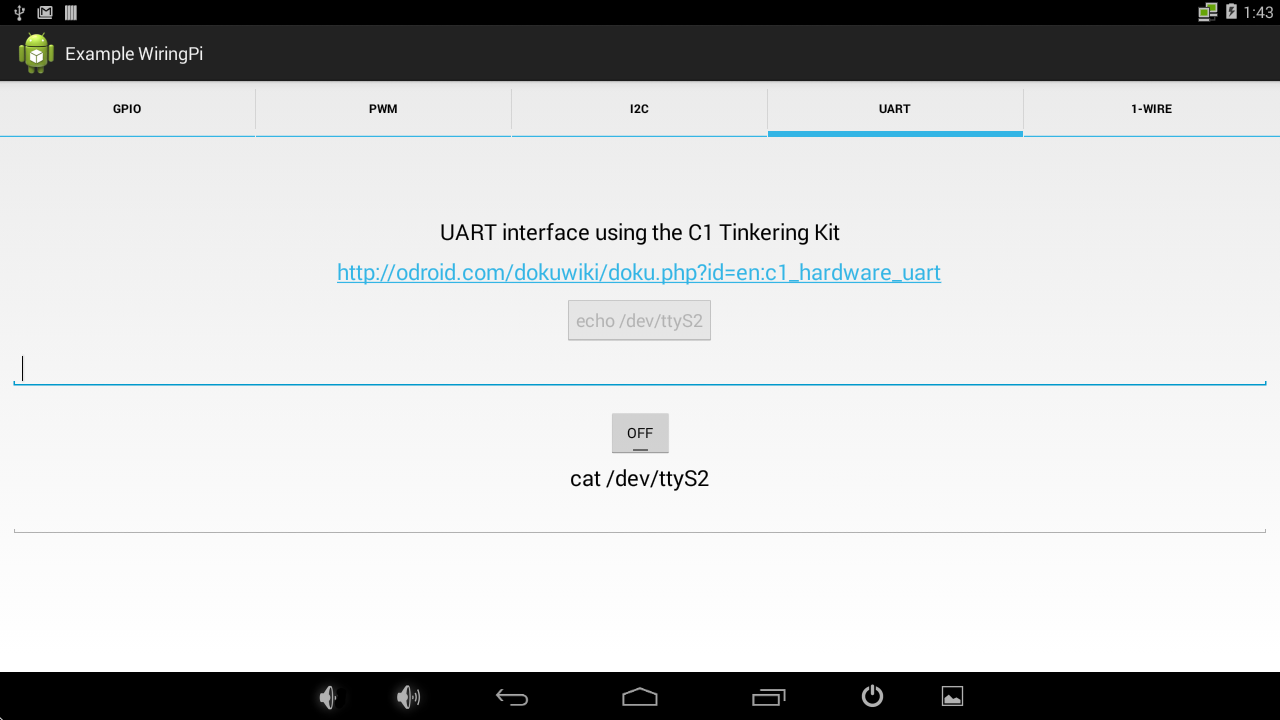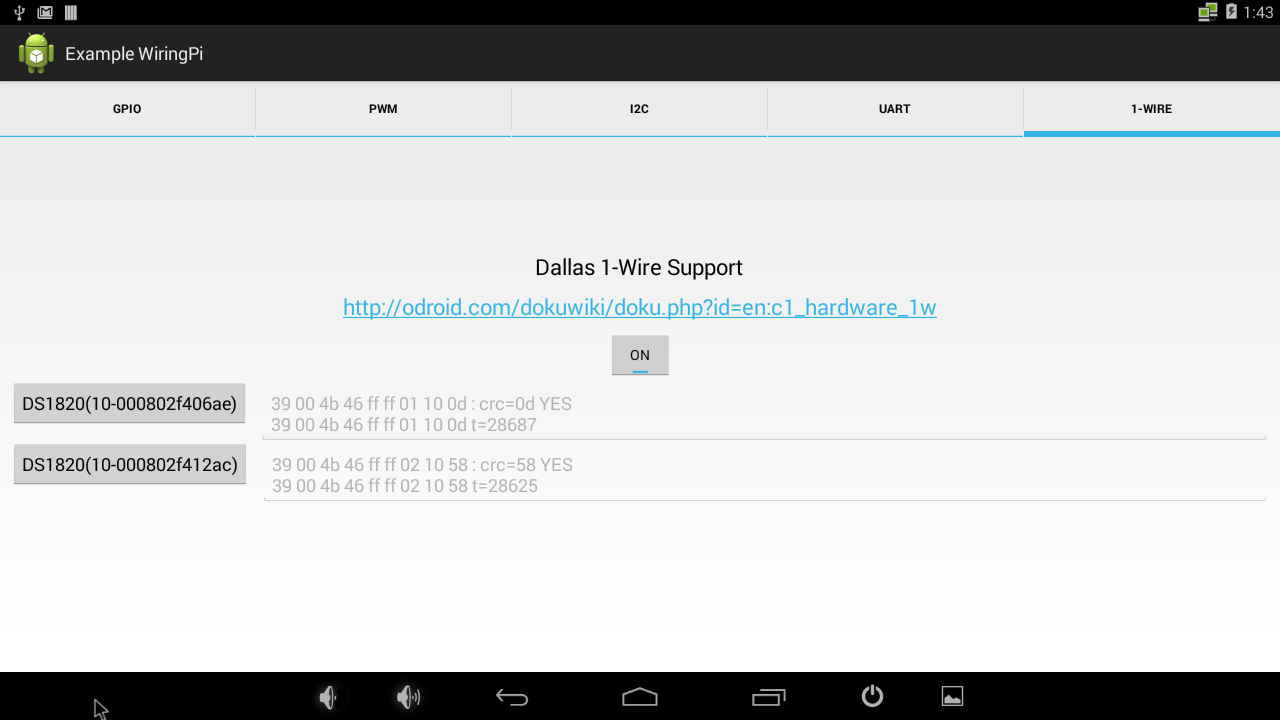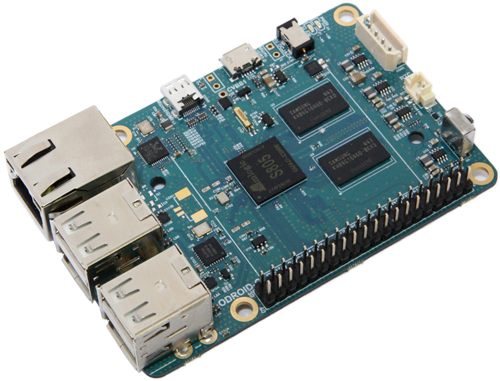Time to enjoy the great Volumio audiophile music player on the ODROID-C1.

Michelangelo Guarise (The creator of Volumio) has announced the Volumio OS image for the ODROID-C1 today.
We have a 1.5 Ghz quad Core CPU, which on paper is faster than many competitors (not only the PI). I’m not able to say how those figures are actually a sensible improvement, as I just started looking at the Amlogic SOC ( which seems quite ubiquitous in embedded multimedia appliances).
But what makes it really interesting for Volumio based scenarios are the Gigabit Ethernet, the eMMC memory slot (sold separately) and the integrated IR receiver. Add that Hardkernel seems to have the widest range of accessories for their boards, and you get that we can consider the C1 one of the best candidates to power a Volumio system.
Talking about real-world performances: the Odroid C1 delivers one of the smoothest Volumio experiences. It boots faster, and loads faster than the high-specs comparable quad-core boards (UDOO, Cubox-i).
More exciting news.
ODROID-C1+ is coming with a native I2S interface to support the HiFi DAC add-on boards. It will be available in the middle of August.
Volumio 2 is coming with four exciting key words Speed, Modularity, High Fidelity and Future Proof.
For those of you with an ODROID-C1, grab the image from the DOWNLOADS page as usual, and drop your feedbacks on this thread !
Setup
Setting up your C1 as a Volumio music player is dead easy, and the project’s website has documentation to guide you though the steps.
– Download Volumio image for C1 from http://volumio.org/get-started/
– Install the image on an SD card (2GB or larger). Installation guide is here.
– Connect the C1 and a USB-DAC to your amplifier and the network
– Boot the C1
– On any PC/Mac/Phone/Tablet, browse to http://volumio.local
– Configure NAS locations, Samba shares, etc,
– Add file to the playlist, sit back and listen !
First impressions
On the C1+, 192Khz/24bit FLAC/WAV files in a NAS server could play back flawlessly thanks to the 1.5Ghz quad-core processor and Gigabit Ethernet connectivity of ODROID-C1.
We could control the full features of Volumio with iPhone or Android smartphones. The Web UI does well on mobile.
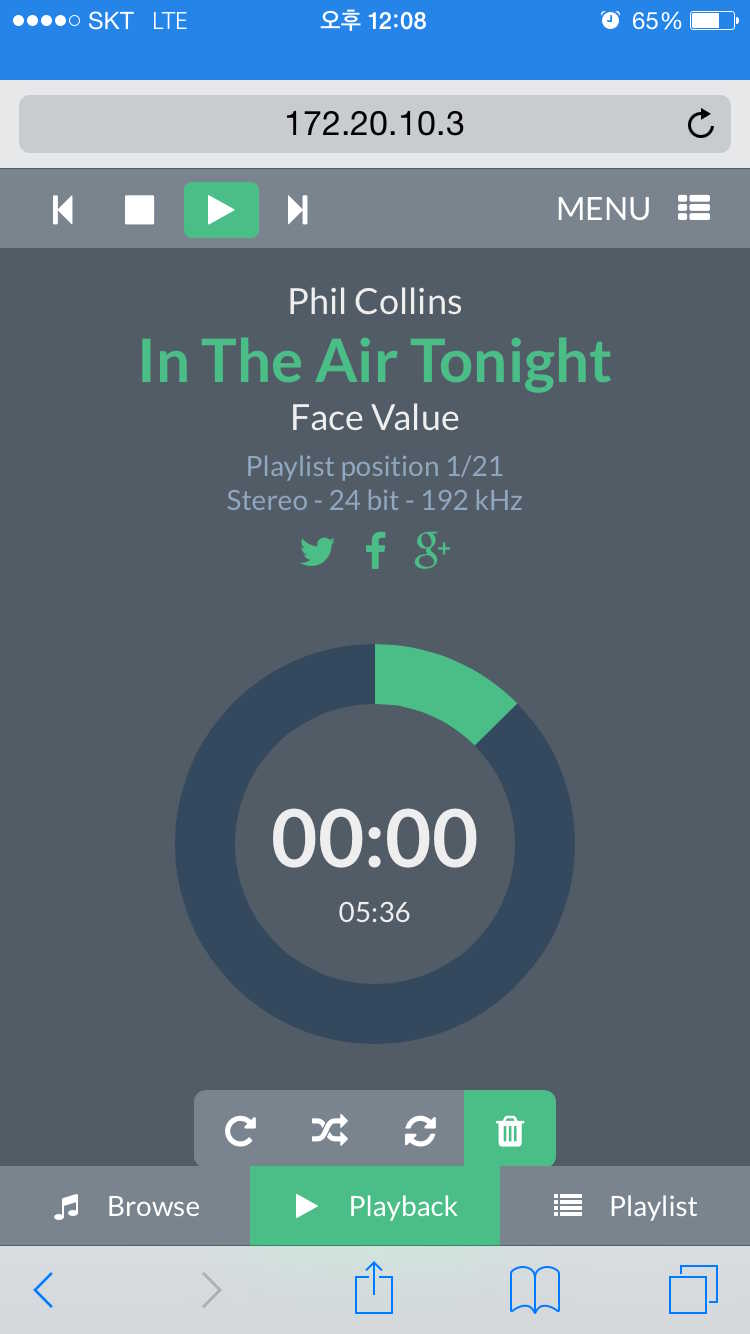
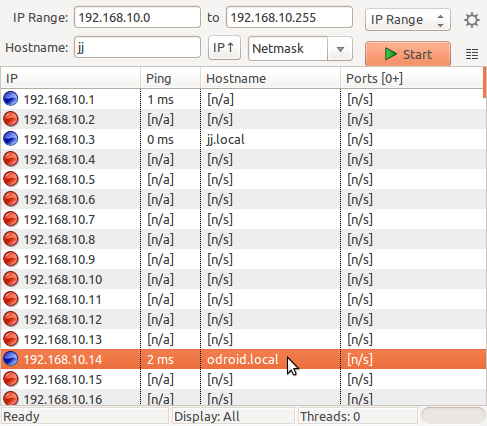

 한국어
한국어
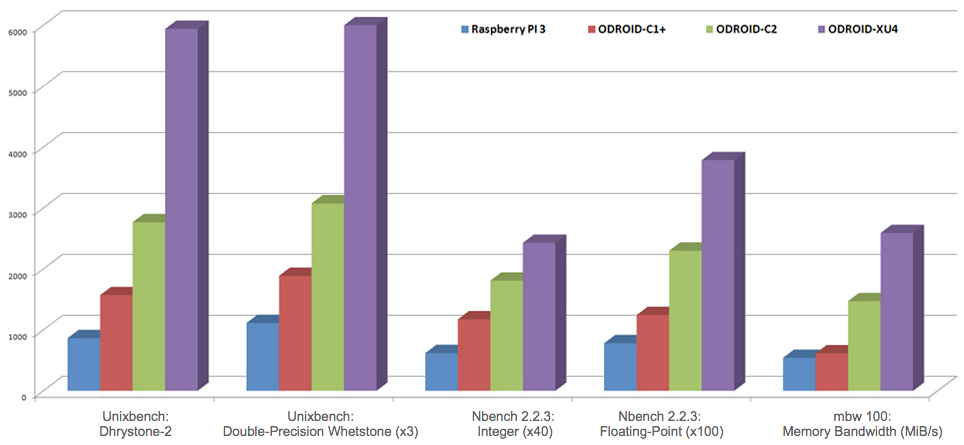


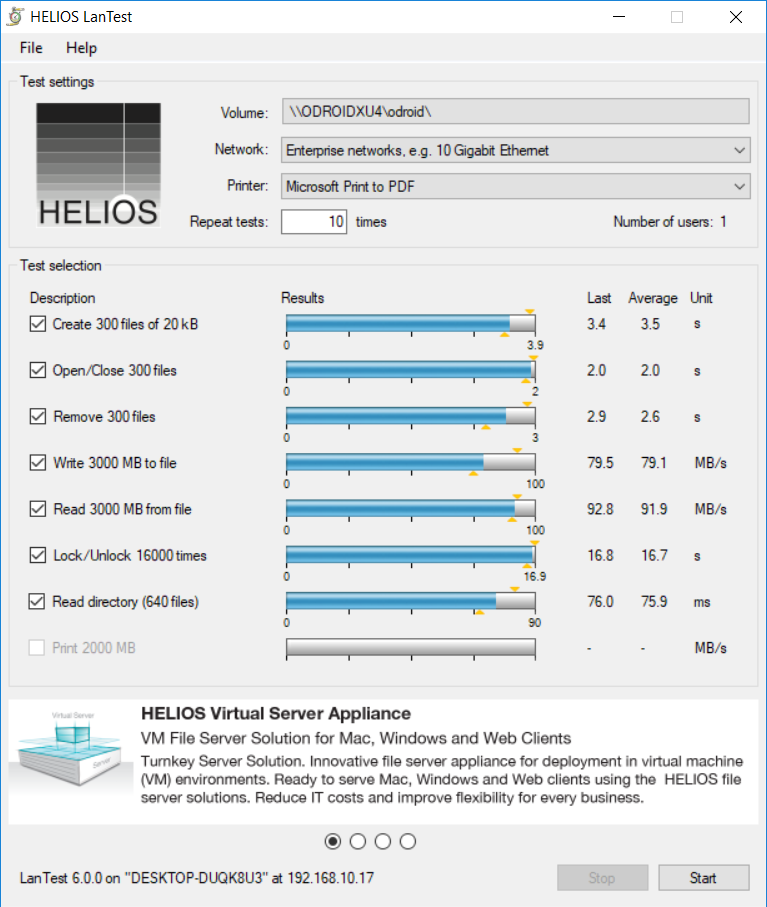
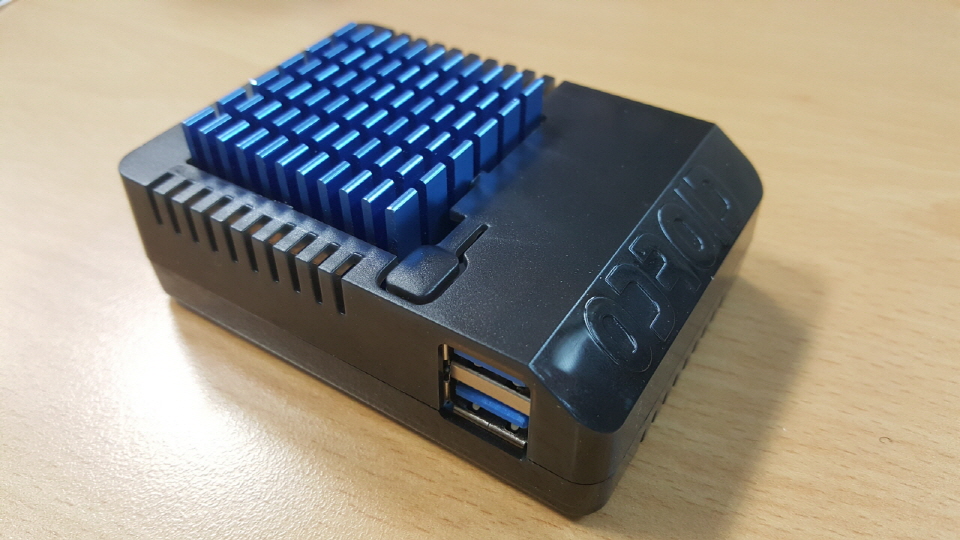
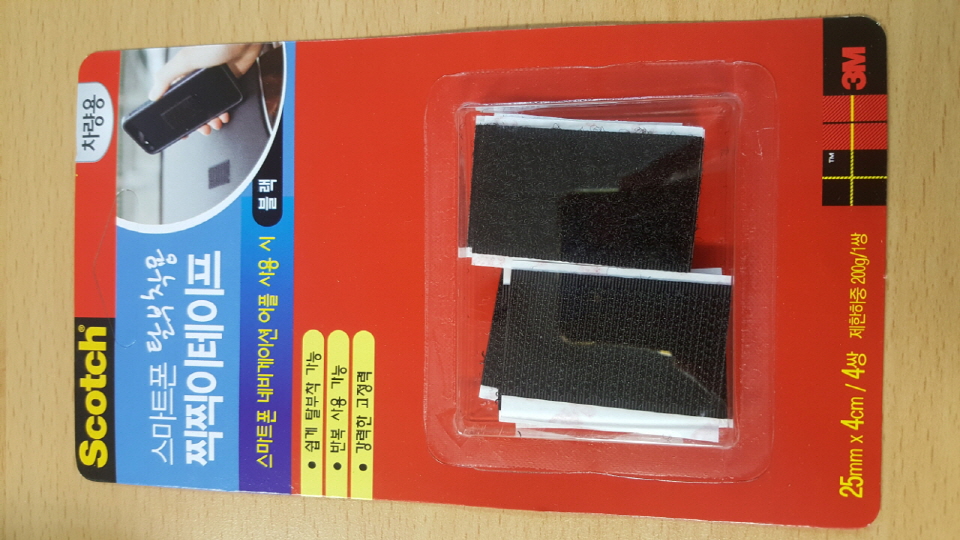


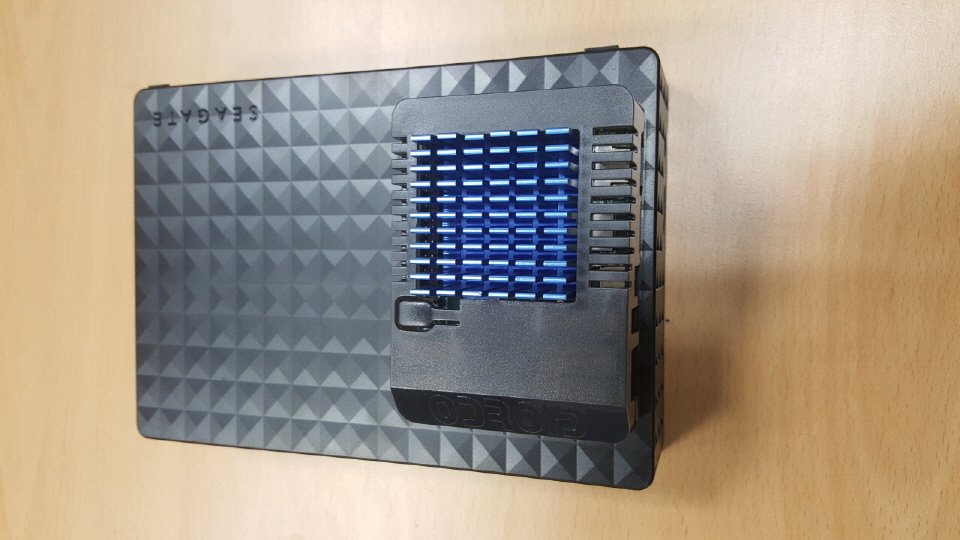

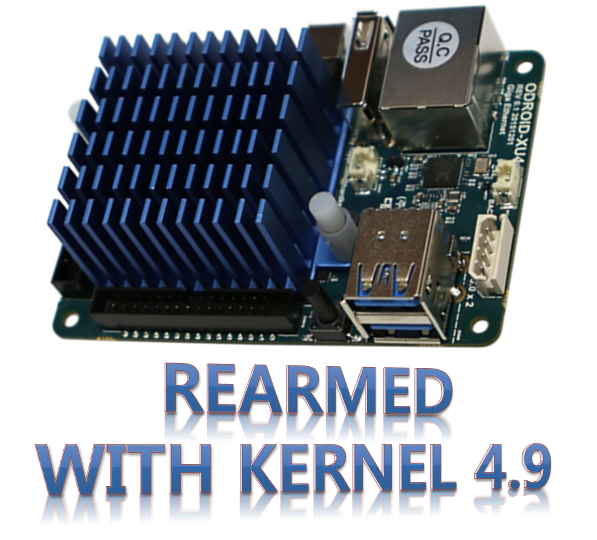














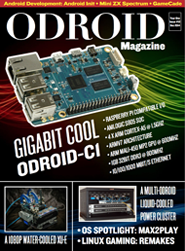



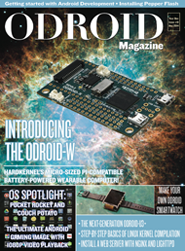












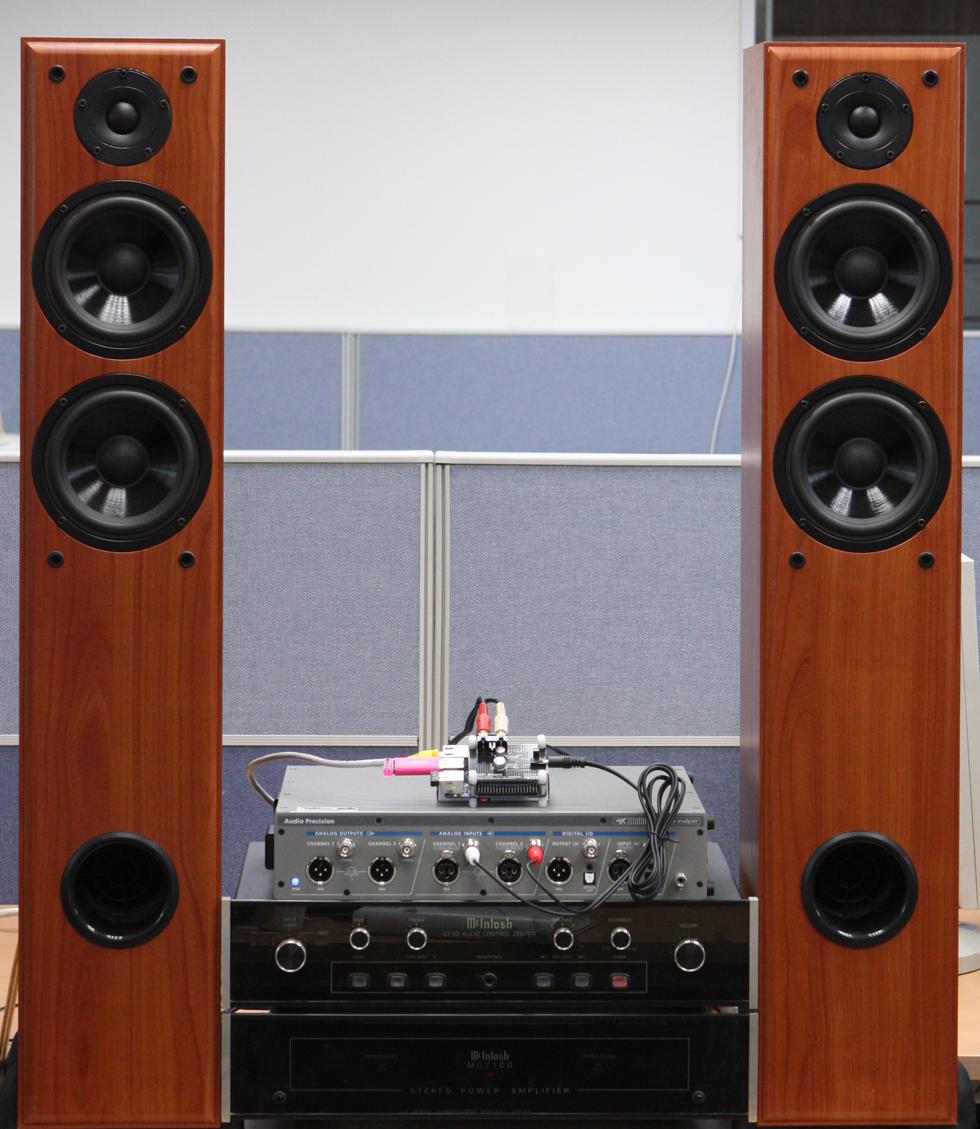 The
The 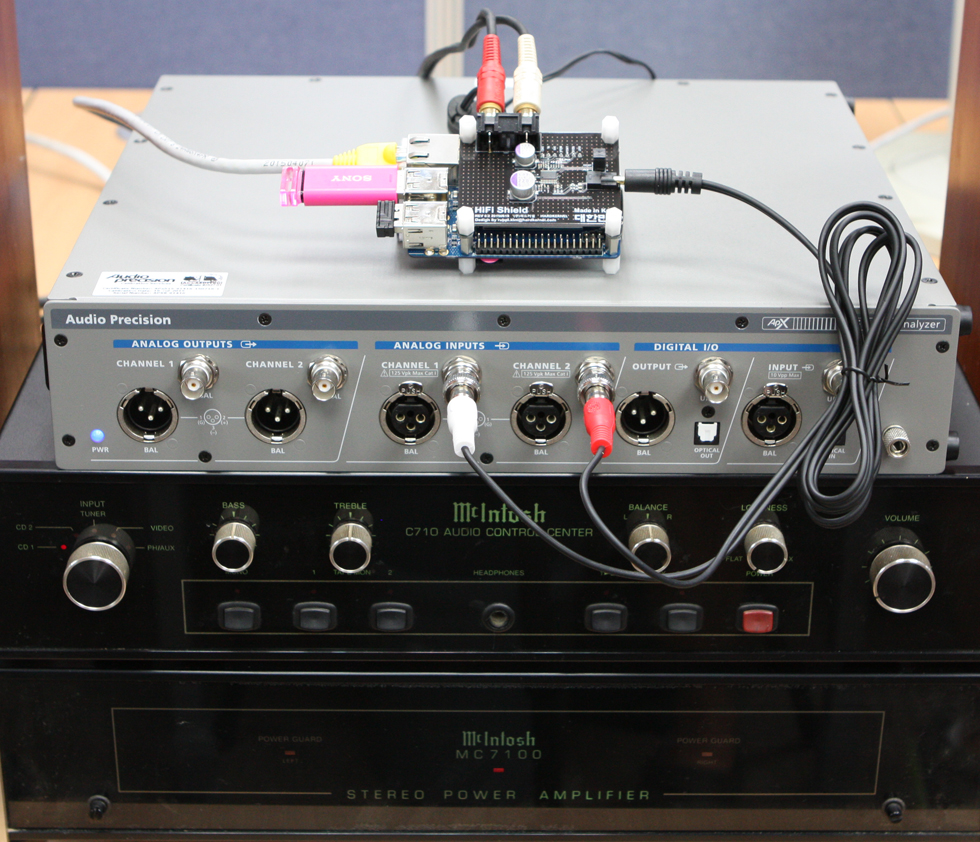

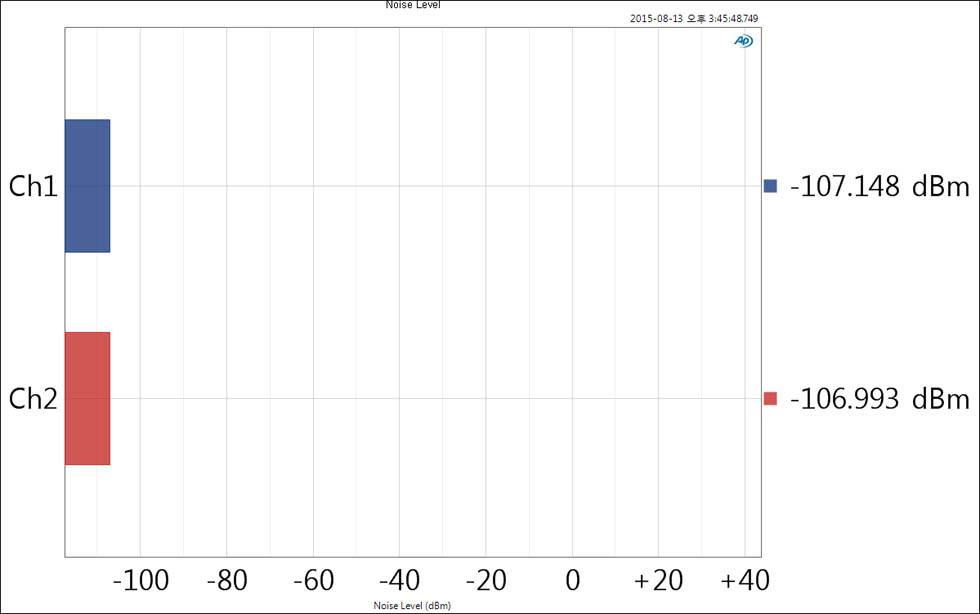
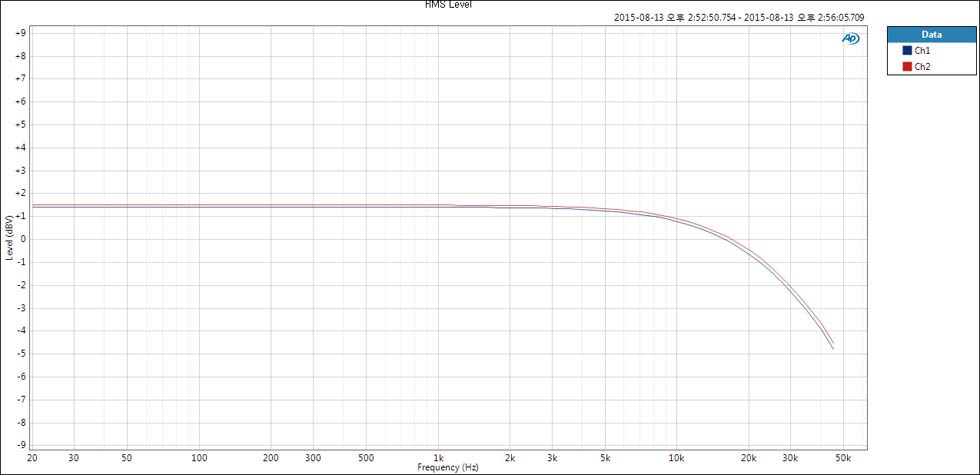



 We have just moved to new place. It’s a two-story building. Our new address is below;
[English] 475-1 Mananro, Manangu, Anyang, Gyeonggi, South Korea ZIP:430-852
We have just moved to new place. It’s a two-story building. Our new address is below;
[English] 475-1 Mananro, Manangu, Anyang, Gyeonggi, South Korea ZIP:430-852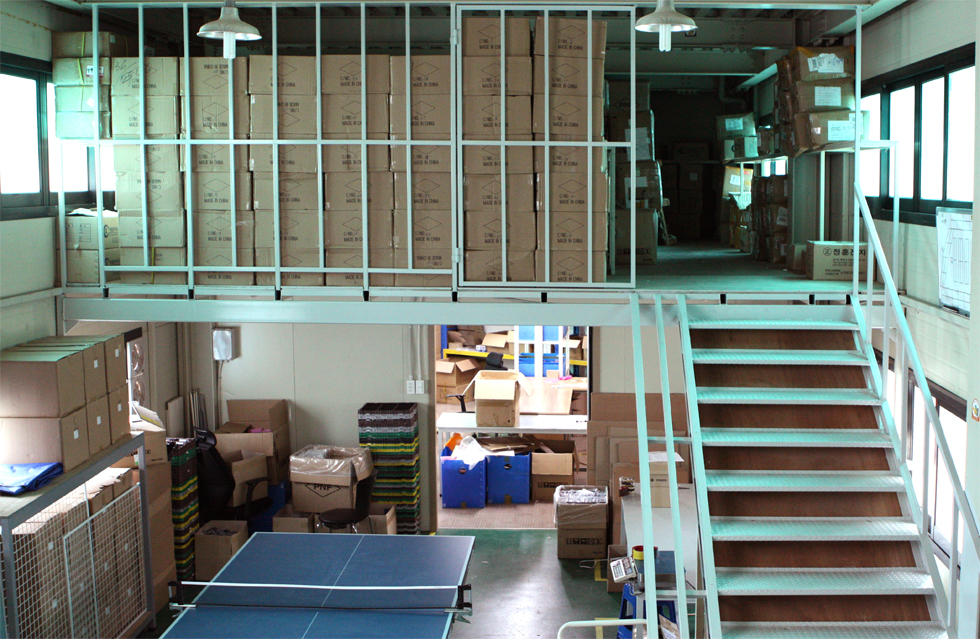 The first floor is duplex type warehouse. We need more time to organise it.
The first floor is duplex type warehouse. We need more time to organise it. The second floor is our main office. The developers are working here.
The second floor is our main office. The developers are working here. A garden on the rooftop. We can have lunch here when the weather is good.
A garden on the rooftop. We can have lunch here when the weather is good. Following the Korean traditional shamanism, we prepared some food and bowed preying for people’s safe and for being Hardkernel forever.
Following the Korean traditional shamanism, we prepared some food and bowed preying for people’s safe and for being Hardkernel forever.

